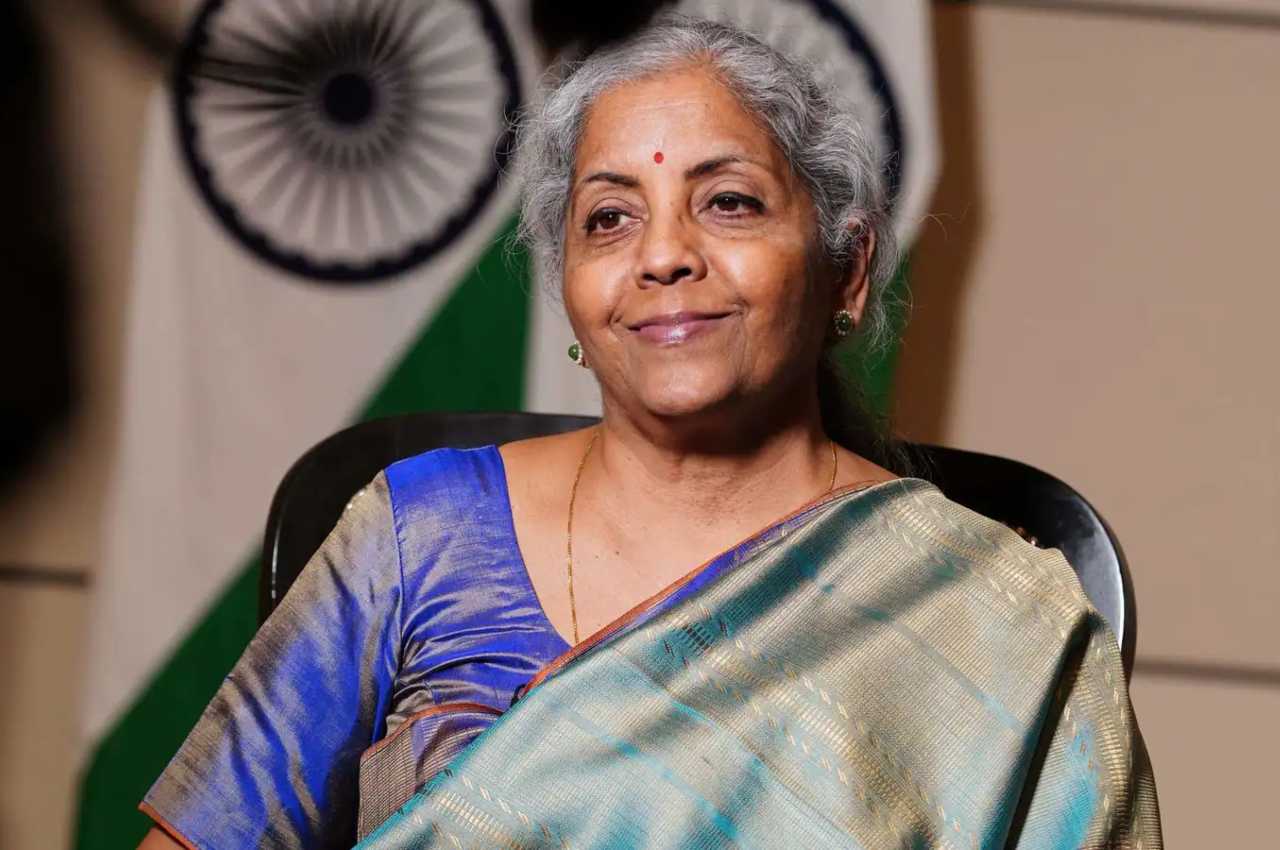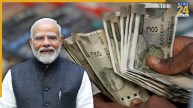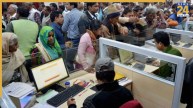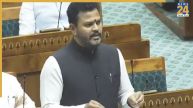New Delhi: Defending the rupee’s 8% decline versus the dollar this year, Finance Minister Nirmala Sitharaman said that the rupee has not deteriorated, but rather the dollar has risen.
She said that the Indian economy’s fundamentals were sound and that inflation was low when compared to other regions of the world in a press conference after attending the annual meetings of the International Monetary Fund (IMF) and the World Bank.
“First of all I would look at it as not rupee sliding, I would look at it as dollar strengthening, dollar strengthening incessantly,” she said in reply to a question on weakening rupee.
According to her, the dollar is functioning well relative to all other currencies in the world.
Also Read: Govt working to bring down inflation below 6%, says Finance Minster
“And I’m not talking technicalities, but it is a matter of fact that India’s rupee probably has withstood this dollar rate going up, the exchange rate in favour of dollar strengthening is there and I think Indian rupee has performed much better than many other emerging market currencies.”
The rupee reached a new record low of 82.68 against the US dollar on Monday, following which the Reserve Bank of India (RBI) is believed to have interfered. On Friday, the rupee finished at 82.35. According to some commentators, the central bank may have spent close to $100 billion USD in the previous year to support the rupee.
India’s foreign exchange reserves decreased significantly from the USD 642.45 billion observed a year ago to USD 532.87 billion in the week ending October 7. Both Sitharaman and the RBI have previously blamed changes in valuation brought on by the strengthening US currency for the drop in foreign exchange reserves.
On Saturday night, Sitharaman stated that the RBI’s measures were limited to reducing excessive volatility and that the goal of its market intervention was not to set the value of the rupee.
“I think efforts by the RBI (are) more towards maintaining a certain… more towards seeing (that) there is not too much of volatility,” she said. “It is not to intervene in the market to fix the value of the rupee. So, containing the volatility is the only exercise that RBI is involved in. And I have said this before, the rupee will find its own level.”
According to the finance minister, India’s inflation is at a controllable level.
“The fundamentals of the Indian economy are good, macroeconomic fundamentals are good. The foreign exchange reserve is good. This is what I keep repeating that inflation is also at a manageable level,” she said.
Also Read: Indian govt permits export of flour made from imported wheat
Consumer price index (CPI) inflation in India increased to a five-month high of 7.41% in September from the previous month’s figure of 7%, with the reading maintaining for the ninth straight month well above the upper tolerance threshold of the RBI’s inflation targeting framework.
In response to inquiries, Sitharaman said she would dearly love to bring the inflation further below 6% and the government is working toward it. She also attended 24 bilateral and roughly a dozen multilateral meetings on the sidelines of the IMF and World Bank meetings.
She stated that countries are being adversely influenced by external forces due to the fact that several countries throughout the world, including Turkey, are experiencing double-digit inflation.
“We are also being impacted through external factors. We are also being impacted. But because of the various measures we’re taking timely each time we are able to bring it to this level at least hold it. Ideally at this time to bring it to four will be just very good, but we’re trying,” she said.
“So, we have to be conscious of the position that we are in compared to the rest of the world. I’m not asking for celebration but it is true that we are holding together. And I’m very conscious particularly of the fiscal deficit.”
She claimed that the administration was monitoring the widening trade deficit to see if it was increasing disproportionately towards any particular nation.
“Trade deficit is actually growing,” she said. “It is growing across the board, meaning we are importing a lot more than exporting. And the net is definitely going against us. But, we’re also keeping a watch as to if there’s a disproportionate increase against any one country.”
Also Read: Despite inflation distress, festive season spending zooms
She was responding to a query on the trade gap versus China increasing to about USD 87 billion.
India’s trade imbalance increased to USD 25.71 billion in September as imports exceeded exports by USD 61.51 billion.
“Equally, if you look into the items that are imported, they are less of final consumption goods and more of intermediaries. And when I say more of raw materials and intermediate goods, it’s also got potential for value addition and exports,” Sitharaman said.
“So, I wouldn’t want to immediately get anxious about this net deficit, meaning imports being far higher than exports, because I think carefully if you look at it, the kind of imports that are happening are very essential, also for our industrial activity and for our value addition for exports purposes.”
Read More :- Latest Business News













